World statistics on acreage use for growing vines and producing grapes
The OIV (International Organisation of Vine and Wine) produces some of the most fascinating and telling statistics there is about wine. They have just released a report from their annual congress in Bucharest. We first take a look at the evolution of grape growing in the world and vineyard acreage.
The numbers go up to 2012 (the last year is a forecast). All data come from the OIV reports.
The world’s vineyard surface area down 5% since peak at almost 8 million ha, but stable 2011-2012
The total acreage under vines, the world’s total vineyard surface area, is decreasing substantially. However, what is going on is dramatically different in Europe and in the rest of the world!
Europe’s share of the world’s vineyards has declined from 62.5% of the total in 2000 to 56% of the total vineyard surface in 2012.
All other regions are increasing their share, as well as their acreage, most notably Asia, which now has 22.7% of the world’s vineyards.
From a peak of almost 8 million hectares (7.9M) in 2003 the acreage has shrunk to just over 7.5 million hectares, down 5%. Between 2011 and 2012 the acreage decreased only marginally.
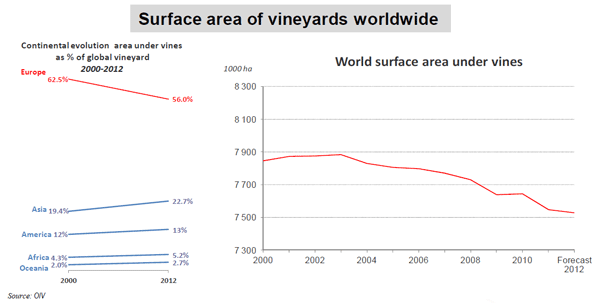
Europe’s vineyards contracting
The decrease in the world’s vineyard area (for wine producing purposes) is practically wholly accounted for by Europe’s declining acreage. Taking the four biggest countries, Spain, France, Italy and Portugal Europe’s vineyards have shrunk with 14% since 2000, from 3.3 Mha to 2.8 million hectares in 2012, a loss of 500 000 hectares of vineyards. This decrease in vineyard surface is approximately equal to, for example:
- four times the vineyards in Bordeaux
- more than half of France’s vineyard
- Argentina, Chile and South Africa taken together
However, the evolution between 2011 and 2012 was almost stable: -1% (see more on this below).
The biggest countries in Europe are (surface area under vine in 2012):
- Spain: 1 Mha, down 17% since 2000
- France: 800,000 ha, down 12% (id)
- Italy: 769,000 ha, down 15%
- Portugal: 239,000, down 3%
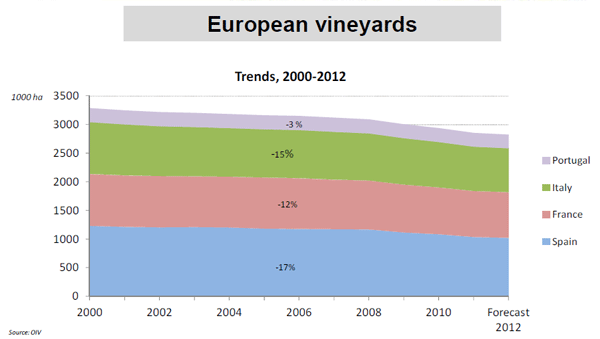
It is curious to note that in 2000 Italy was the second largest country for vineyards, fractionally larger than France, but since then the Italians have been much more keen to uproot vineyards and have now 31,000 ha less than France.
Europe, are you killing your vineyards? Or is it agricultural policies that kill the vineyards?
It is important to note (as the OIV points out) that during 2008 to 2011 the EU has paid subsidies to wine growers to uproot vineyards. 2012 is the first year when subsidies have not been paid for grubbing up vines. During that period the vineyard area declined rapidly but almost levelled out in 2012.
This shows how important agricultural politics are in Europe and in wine production.
But one can question the good sense in this. The situation was that European wine growers had difficulties in selling their production. But since the production was subsidised (or rather, there was a sort of sales guarantee) wine farmers continued to produce, produce more than they could sell. So new subsidies were introduced to stop farmers producing…
What if we promoted instead of crippled vine growing in Europe?
What if, instead, the effort had been spent on improving the competitiveness of the wine industry instead of destroying vineyards? Like making winegrowers more market oriented and customer focussed? Instead of killing off the production facilities and instead of trying to raise barriers against market forces and introducing protectionism (like re-introducing planting rights)?
Or is there something inherent in the European wine industry that makes it impossible to make it dynamic, customer focussed and to make it grow? In contrast to most other wine growing countries that do have growing wine industries!
Vineyards acreage in Asia: China, of course, but also Turkey
In Asia the picture is interesting. In total there are 1.7 million hectares of vines in 2012 in Asia.
The three main grape growing countries are:
- China: 570,000 ha
- Turkey: 517,000 ha
- Iran: 239,000 ha
Obviously the two Muslim countries grow grapes mainly for raisins and grape juice and not for wine. The evolution is interesting though.
The vineyard acreage in China has ballooned with 90%, from 300,000 ha in 2000 to 570,000 ha in 2012. Between 2011 and 2012 there was a slight increase of +1%. I do not know how much of the Chinese production goes to wine and how much to other uses, but I think that it is not unlikely that quite a lot is not going to wine. We will have to look more closely at the wine production statistics (coming soon) to know.
The surface under vines had on the other hand shrunk in Turkey with -10% and in Iran with -18% over the period.
There are obviously two very different trends here, the dominant being the rapid rise of grape growing in China. China has today the third largest vineyard acreage in the world! (Keep in mind though that many people consider statistics from China to be not very accurate.)
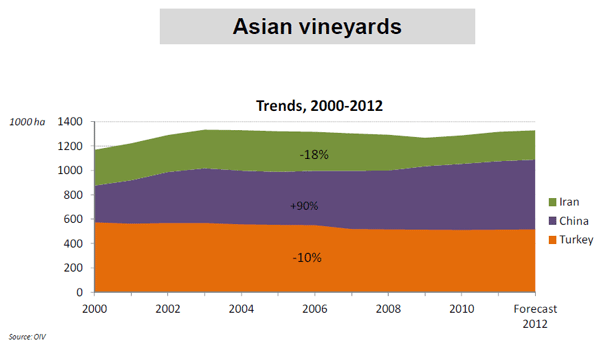
“The New World”: Vines in the southern hemisphere and the USA
In what we can call “the New World” of vine growing and wine production (the southern hemisphere and the USA) the total vine surface area is 1.2 million hectares in 2012. Here virtually all countries except the USA are growing.
The US is almost stable, oscillating between just over 410,000 ha and just under 400,000. In 2012 they had 407,000 ha, down with 1% from 412,000 ha in 2000.
The biggest countries are (vine acreage in 2012):
- USA: 407,000 ha, down -1% from 2000
- Argentina: 221,000 ha, up 10% (id.)
- Chile: 205,000 ha, up 18%
- Australia: 169,000 ha, up 21%
- South Africa: 131,000 ha, up 5%
- New Zealand: 37,000 ha, up 168% (!)
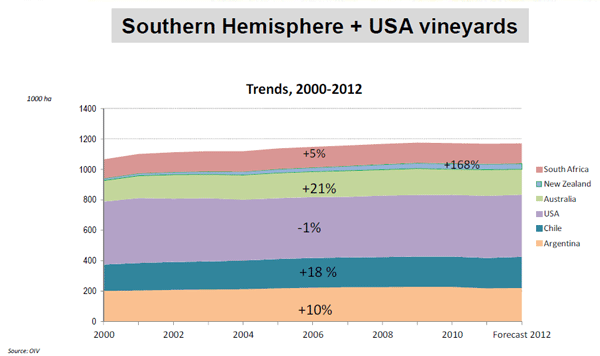
The biggest grape growing countries in the world
If we put this together in one worldwide list we get the top ranking of the world’s biggest grape growing countries, or to be more precise, the countries with the largest surface area planted with vines.
Again, it is important to note (as is obvious from the statistics) that not all of this is used for wine production. Some of it (quite a lot) goes to raisins or grape juice.
Also, and again, statistics from China are generally considered to be not always very accurate but it still shows you a dramatic change in China.
The overall picture is striking. There is a fundamental difference between Europe and the rest of the world. Europe is declining, the rest of the world is growing. And now we are only talking about vineyard acreage!
| Grape growing acreage, '000 hectares in 2012 | since 2008 (!) | ||
|---|---|---|---|
| Spain | 1018 | -13% | |
| France | 800 | -7% | |
| Italy | 769 | -7% | |
| China | 570 | +19% | |
| Turkey | 517 | +1% | mainly grape production |
| USA | 407 | +1% | |
| Portugal | 239 | -3% | |
| Iran | 239 | -18% | mainly grape production |
| Argentina | 221 | -2% | |
| Chile | 205 | +4% | |
| Romaina | 205 | -1% | |
| Australia | 169 | -2% | |
| South Africa | 131 | -1% | |
| Greece | 110 | -4% | |
| Brazil | 91 | -1% | |
| Hungary | 64 | -11% | |
| New Zealand | 37 | +7% | |
More
This is the first article in the series on global vineyard, grape growing, wine production, wine consumption, and wine trade statistics based on the latest OIV report.
- Part 1: The world’s grape growing (vineyard) surface area
- Part 2: The world’s grape production 2000-2012
- Part 3: The world’s wine production 2000-2012
- Part 4: The world’s wine consumption 2000-2012
- Part 5: The world trade in wine 2000-2012
- Part 6: World wine market, implications for winemakers, consumers and policy-makers
Source: All numerical statistics come from the OIV, International Organisation of Vine and Wine.
[box type=”info” style=”rounded” border=”full”]Why not go and take a look for yourself? Go visit a vineyard and check what the state of vine growing is? You can do that on a wine tour with BKWine to one of the many vine growing countries in the world.[/box]


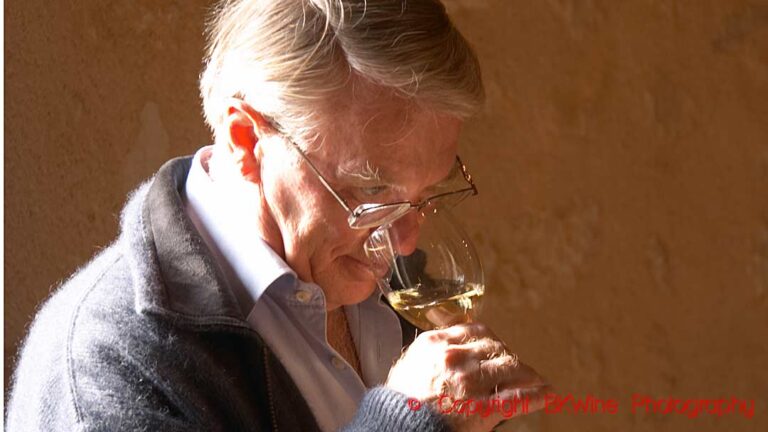
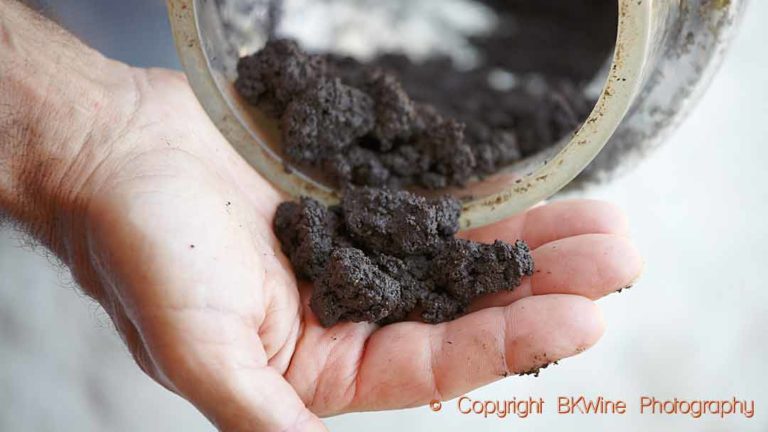
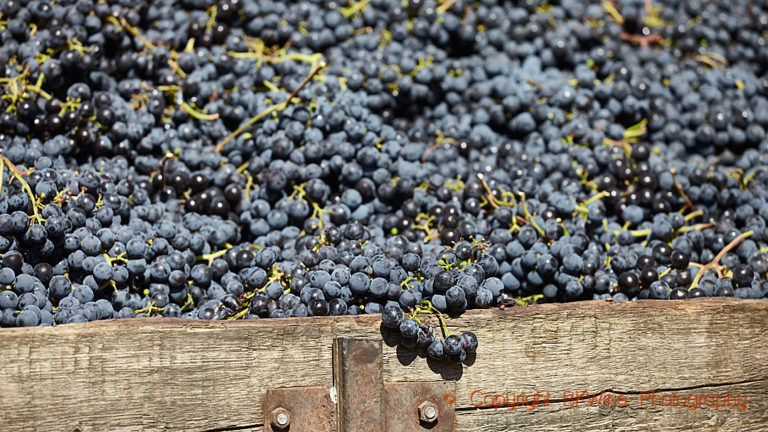





6 Responses
Dear Sir,
I am Tran Thai Hung, I am Vietnamese and working for the Southern Institute of Water Resources Research, Vietnam.
I am researching on suitable irrigation schedule for Grape Leaves at the Water scarce region of Vietnam.
Thank you very much for your paper, that is very important and good for me to refer information of vineyard surface area in it.
Could you do me a favour to send me information of vineyard surface area of Grape Leaves. I truly have not got much that information.
Thank you very much and best regards.
Tran Thai Hung